New concepts develop continuously in a quickly expanding digital ecosystem, transforming industries and challenging existing rules. NFTs (Non-Fungible Tokens) have taken center stage among these developments, altering how we perceive ownership, creativity, and the value of digital assets.
We explore the world of NFTs and ascertaining their usefulness and utility while learning about the revolutionary domain of digital assets.
Introduction to NFTs
As technology improves, the lines between the physical and digital worlds blur, allowing previously imagined possibilities to emerge. NFTs, which are frequently praised as the next frontier in the digital economy, are a game-changing concept that blends blockchain technology, digital ownership, and creativity.
What is NFT
An NFT is, at its heart, a one-of-a-kind digital asset that signifies ownership of a certain item or piece of content and is stored on a blockchain. Unlike cryptocurrencies such as Bitcoin or Ethereum, which are fungible and can be exchanged one-to-one, NFTs are non-fungible, which means that each token has unique characteristics and cannot be directly switched for another.
NFT Meaning
NFT is an abbreviation for "Non-Fungible Token." The term "non-fungible" refers to the fact that each NFT is distinct and cannot be replaced with a duplicate. This individuality is critical when dealing with digital assets that have sentimental or artistic worth.
Understanding NFTs in Detail
To really understand the nature of NFTs, we must investigate their many uses and ramifications across diverse industries.
NFTs vs. Cryptocurrencies
NFTs are sometimes misunderstood as a type of cryptocurrency, however they serve a separate purpose. While cryptocurrencies are generally used for transactional purposes, NFTs indicate ownership or proof of authenticity for both digital and physical assets.
NFTs in Art and Collectibles
One of the most well-known NFT applications is in digital art and collectibles. Artists can tokenize their works as NFTs, verifying their uniqueness and allowing them to sell directly to collectors on digital channels.
NFTs in the Digital World
NFTs have increased their influence across various elements of the digital world, from virtual real estate to domain names and digital fashion. As NFTs, virtual environments and goods may now be purchased, sold, and possessed, opening up new options for creativity and investment.
NFTs in Gaming
To improve player experiences, the gaming industry has embraced NFTs. Gamers can use NFTs to purchase, sell, and exchange in-game assets, allowing actual ownership of digital things and characters.
NFTs in Music and Media
NFTs have upended the traditional music and media industries by allowing artists to directly commercialize their work without the need of middlemen. Musicians can tokenize their music to provide purchasers with exclusive access or one-of-a-kind experiences.
NFTs: Advantages and Challenges
While NFTs present intriguing prospects, they also present advantages and challenges.
Unlocking the Value
NFTs open up new financial opportunities for creators and artists. Artists can earn royalties every time their NFT is resold via smart contracts, providing continual pay for their work.
NFTs and Sustainability
Concerns concerning the environmental impact of NFTs have arisen as they gain popularity, owing to the energy-intensive nature of blockchain networks. Finding long-term answers to these challenges is critical for the NFT ecosystem's long-term existence.
NFTs and Blockchain Technology
NFTs are supported by blockchain technology, which was developed expressly to ensure the uniqueness, origin, and security of digital assets.
NFTs on the Blockchain
The blockchain is the foundation of NFTs, giving a transparent and tamper-proof record of ownership. Each NFT is linked to a blockchain smart contract that defines its attributes, ownership data, and any associated terms.
NFT Standards
Various NFT standards have emerged in order to ensure compatibility and interoperability. The ERC-721 standard on the Ethereum blockchain is the most prominent, followed by ERC-1155, which allows for the generation of both fungible and non-fungible tokens.
Conclusion
As we traverse the ever-changing digital landscape, NFTs demonstrate the power of innovation and the limitless possibilities offered by blockchain technology. It may have started out as a fad with NFT monkeys and Trump NFTs,, but NFTs have transformed the art world, as well as the gaming industry and others, ushering in a new era of digital ownership and innovation. We can better grasp the revolutionary potential of NFTs in our increasingly digitized lives by knowing their mechanics and uses.
FAQ
What Does NFT Stand For?
NFT stands for "Non-Fungible Token," which is a unique digital object that proves ownership and authenticity. Unlike cryptocurrencies like Bitcoin, NFTs are unique and can't be replaced. Because of this, they can't be swapped with each other
What is an NFT?
Non-fungible tokens (NFTs) are unique digital assets that show ownership and authenticity. NFTs are special and can't be replaced like Bitcoin. NFT marketplaces let people buy, sell, and trade tokens that reflect digital property like art, collectables, music, movies, and more.
How do NFTs Work?
- Digital Ownership: NFTs use blockchain technology (often Ethereum) to establish ownership and provenance of digital assets.
- Tokenization: Digital content like art, music, videos, or even tweets can be turned into NFTs.
- Smart Contracts: NFTs are governed by smart contracts, which automatically execute ownership transfers and royalty payments.
- Scarcity and Rarity: NFTs' value often comes from their limited supply, uniqueness, and the demand for the associated content.
What are NFTs in the Crypto World?
NFTs add a new element to the world of cryptocurrency that goes beyond the fact that digital assets are usually replaceable. These tokens are used to represent a wide range of digital collectables, artworks, virtual real estate, and other kinds of digital material.
What is a NFT Trading Card?
NFT trading cards are digital versions of traditional trading cards. They usually feature famous people from sports, games, or other fields. NFT markets are places where fans can buy, sell, and trade these digital cards.
What is NFT Art?
NFT art includes all digital art that is turned into NFT tokens. This new way of doing things lets artists sell their digital works directly to buyers, without the need for middlemen. The blockchain keeps track of who owns what, making it a safe and open system that ensures both the artwork's authenticity and where it came from.
What is Minting NFTs?
Minting is the process of making a new NFT, which is how artists and other creators put their digital material on an NFT platform. During the minting process, important parts of the NFT, like its title and description, are set. After this, a unique number is given to the newly created NFT. This makes it possible to buy, sell, and change ownership of the NFT.
What are the Pros and Cons of NFTs?
Pros of NFTs:
- Ownership: NFTs provide verifiable proof of ownership for digital assets.
- Authenticity: Blockchain ensures the originality and provenance of digital creations.
- Direct Artist Revenue: Creators can earn directly from sales, eliminating intermediaries.
- Global Accessibility: Anyone with an internet connection can participate in NFT markets.
- New Business Models: NFTs enable new revenue streams like royalties for artists.
- Diverse Use Cases: NFTs can represent art, music, virtual real estate, collectables, and more.
Cons of NFTs:
- Environmental Impact: NFTs on some blockchains can have high energy consumption.
- Copyright Issues: The ownership of an NFT doesn't necessarily imply copyright ownership.
- Market Speculation: The NFT market can be volatile and subject to speculative bubbles.
- Lack of Regulation: The industry is still evolving, and regulatory concerns exist.
- Digital Ownership Concerns: Some question the value of owning purely digital assets.
What are the most popular NFT Marketplaces?
- OpenSea: One of the largest and most diverse NFT marketplaces.
- Rarible: A platform that allows creators to mint and sell NFTs easily.
- SuperRare: Focused on high-end digital art, fostering a sense of scarcity.
- Nifty Gateway: Known for hosting drops of high-profile artists and brands.
- Foundation: Emphasizes curatorial aspects and artist collaboration.
- Decentraland: A popular NFT marketplace which combines NFTs with digital items and virtual real estate in a decentralized metaverse.
Each of these marketplaces caters to different niches within the NFT ecosystem, offering a wide range of digital assets for collectors, investors, and enthusiasts
This article was written by Jeff Patterson at www.financemagnates.com.
You can get bonuses upto $100 FREE BONUS when you:
💰 Install these recommended apps:
💲 SocialGood - 100% Crypto Back on Everyday Shopping
💲 xPortal - The DeFi For The Next Billion
💲 CryptoTab Browser - Lightweight, fast, and ready to mine!
💰 Register on these recommended exchanges:
🟡 Binance🟡 Bitfinex🟡 Bitmart🟡 Bittrex🟡 Bitget
🟡 CoinEx🟡 Crypto.com🟡 Gate.io🟡 Huobi🟡 Kucoin.
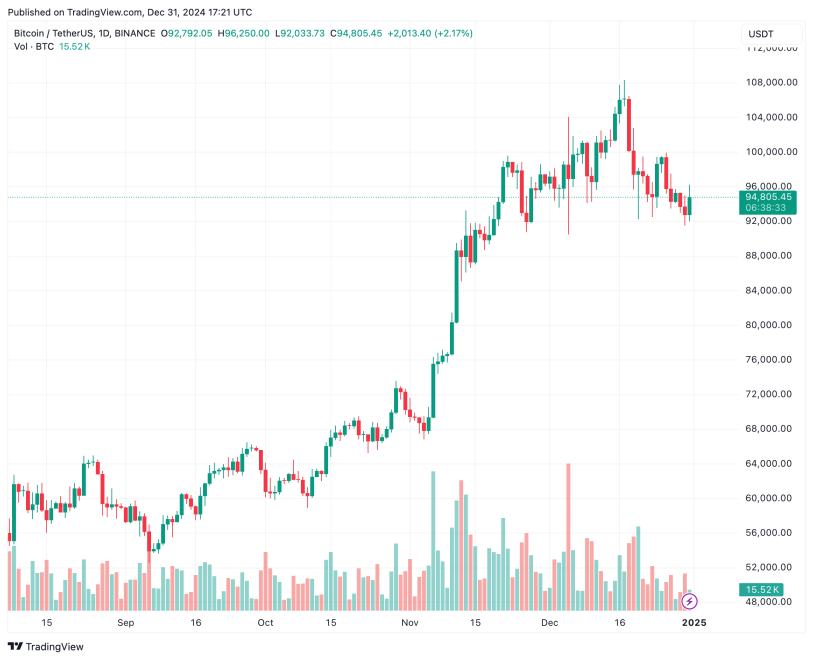
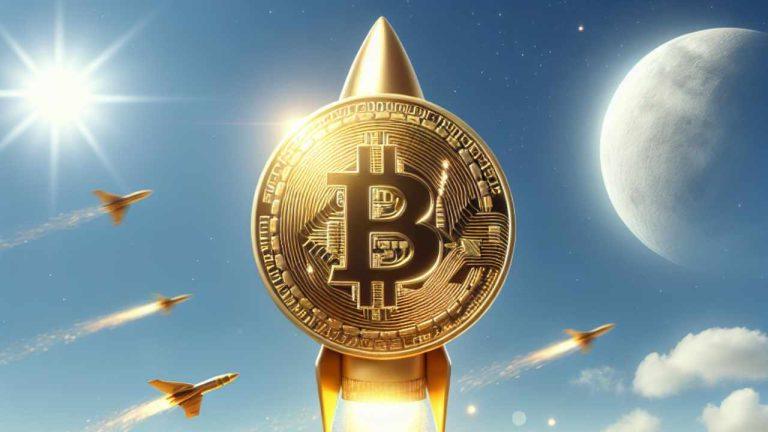

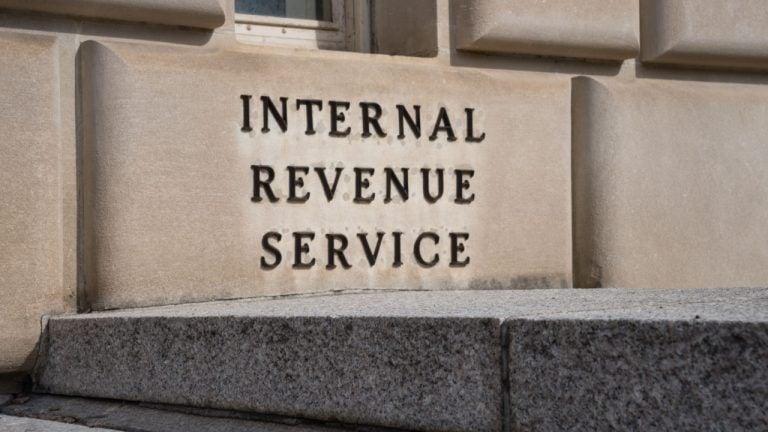



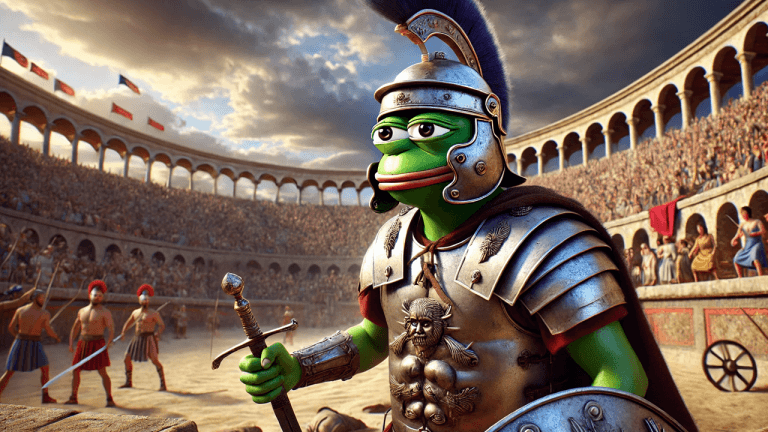


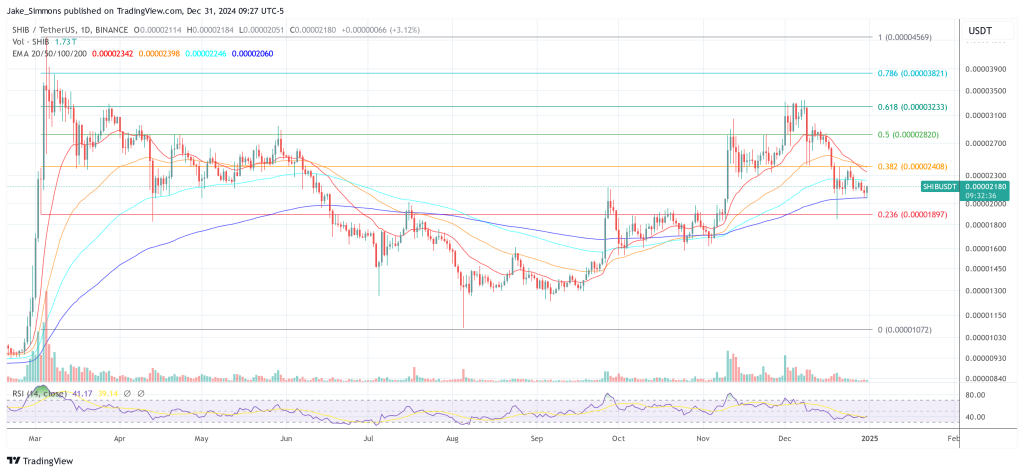
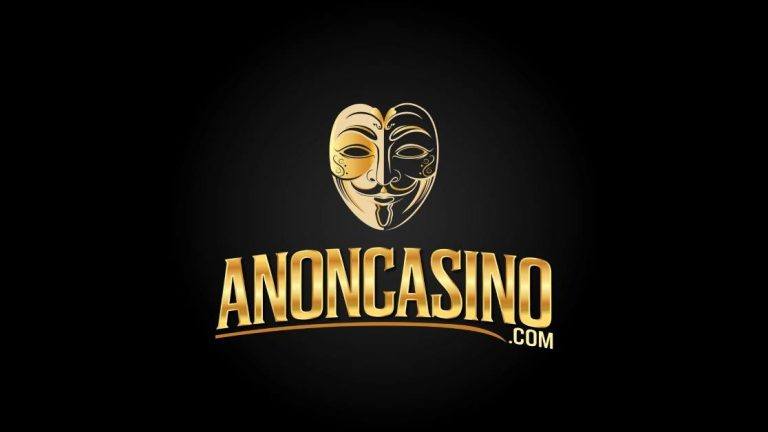

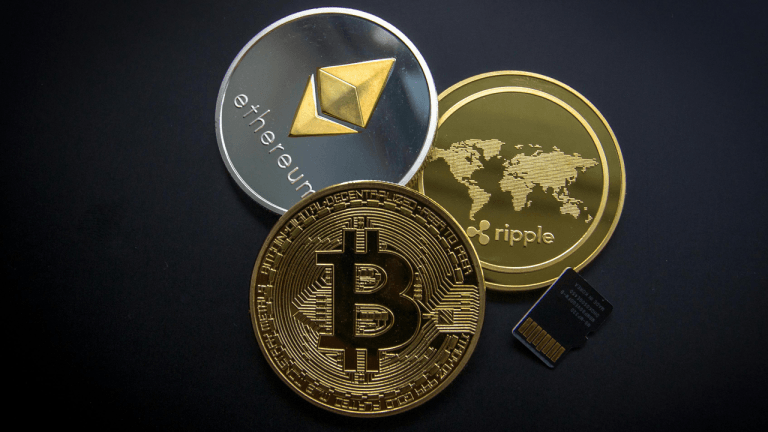
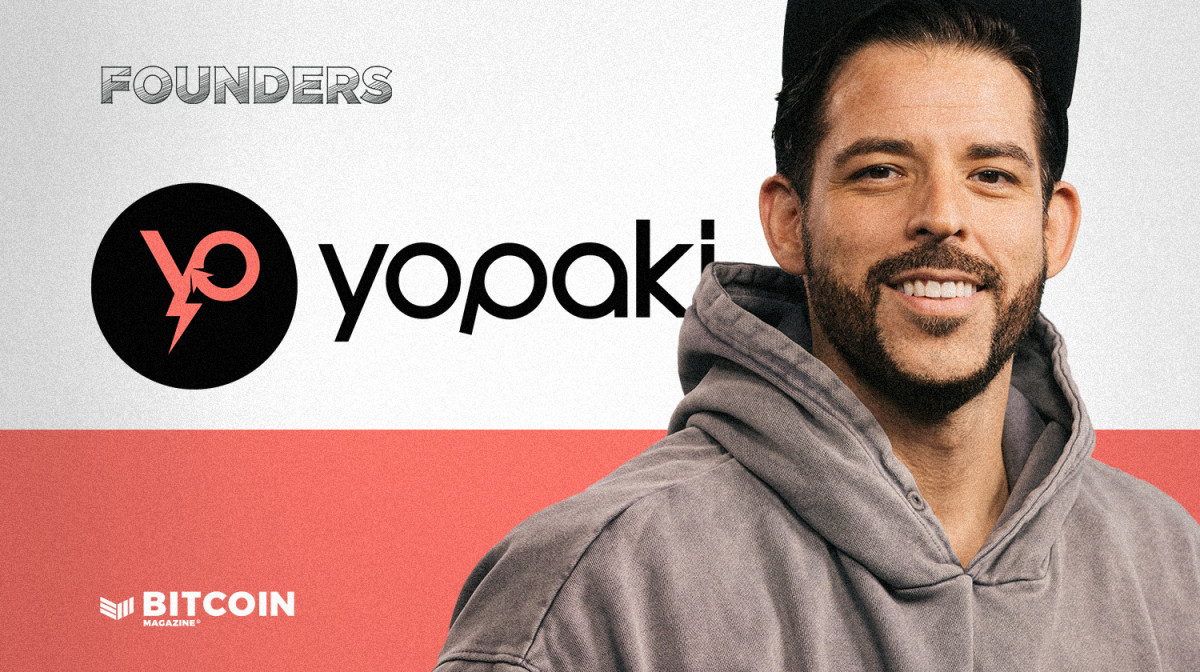


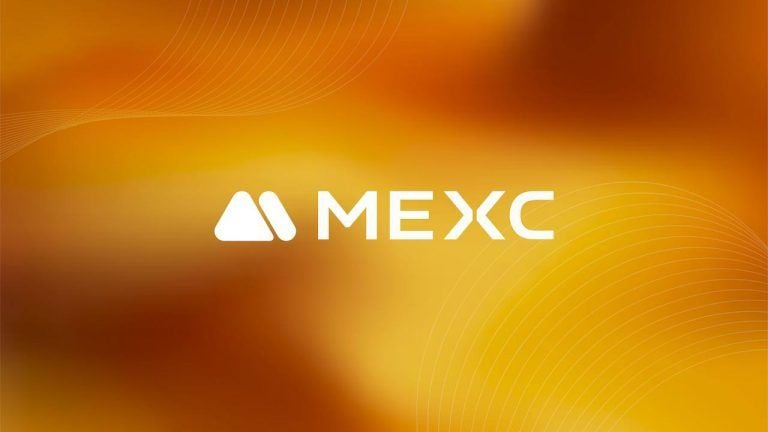
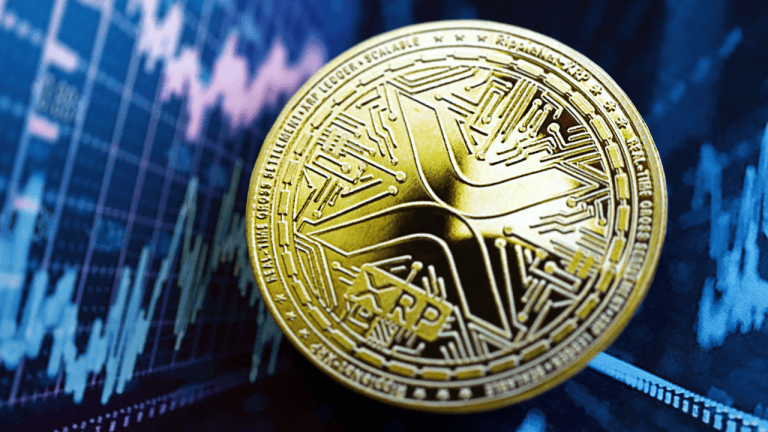
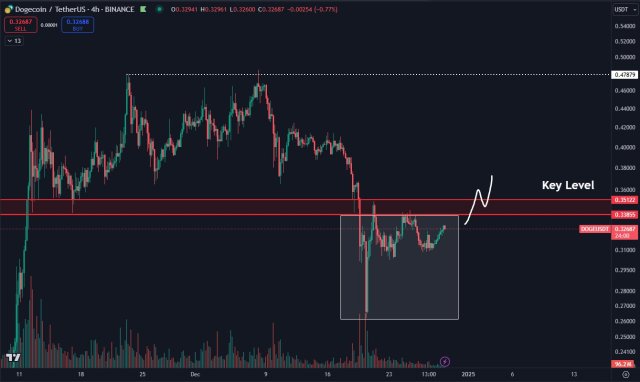
Comments